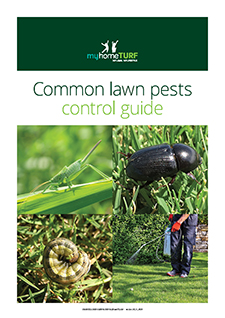How to Control Chafer Grubs in Your Lawn
Chafer Grubs are the larvae of different types of Scarab and Cockchafer Beetles, which live in the soil and feed on plant roots. The most damage is caused by final stage ...

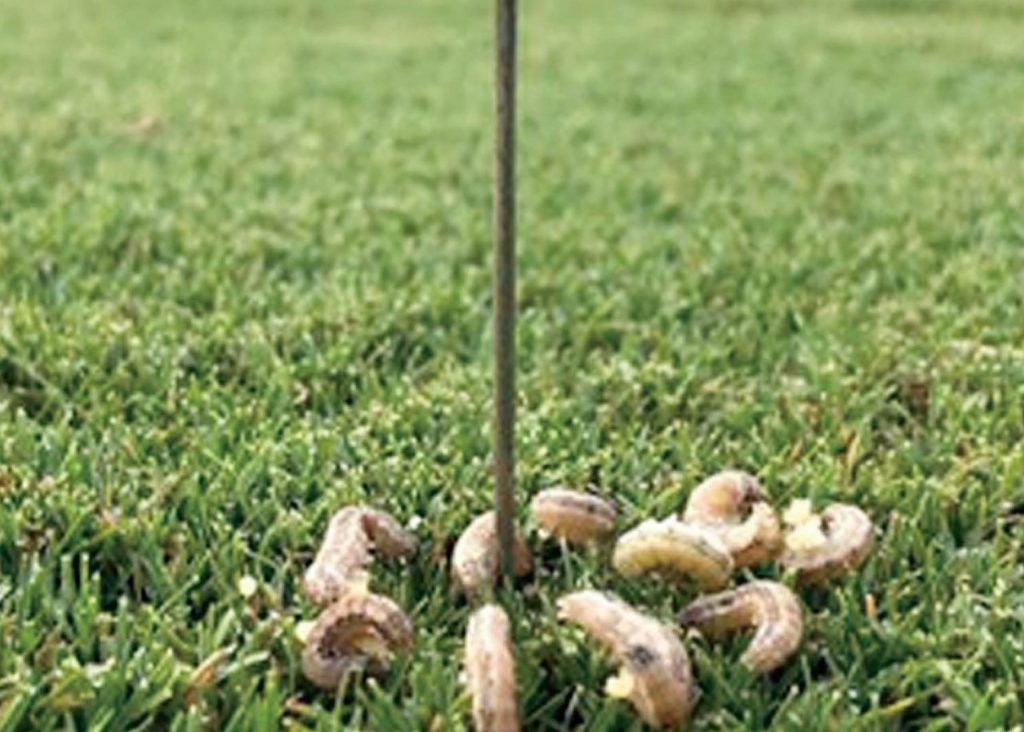 Lawn Grubs is the collective name given to the larvae of a wide range of moths and beetles.
Lawn Grubs is the collective name given to the larvae of a wide range of moths and beetles.
In this article, we explain how to identify Lawn Grubs, when to look out for them and the best ways to control them without damaging your lawn.
We also recommend a range of products for managing Lawn Grubs and keeping your lawn in top shape.
Watch out for the presence of increased numbers of moths and beetles in spring and early summer, especially at dusk when they can be seen flying just above your grass in search of somewhere suitable for laying eggs.
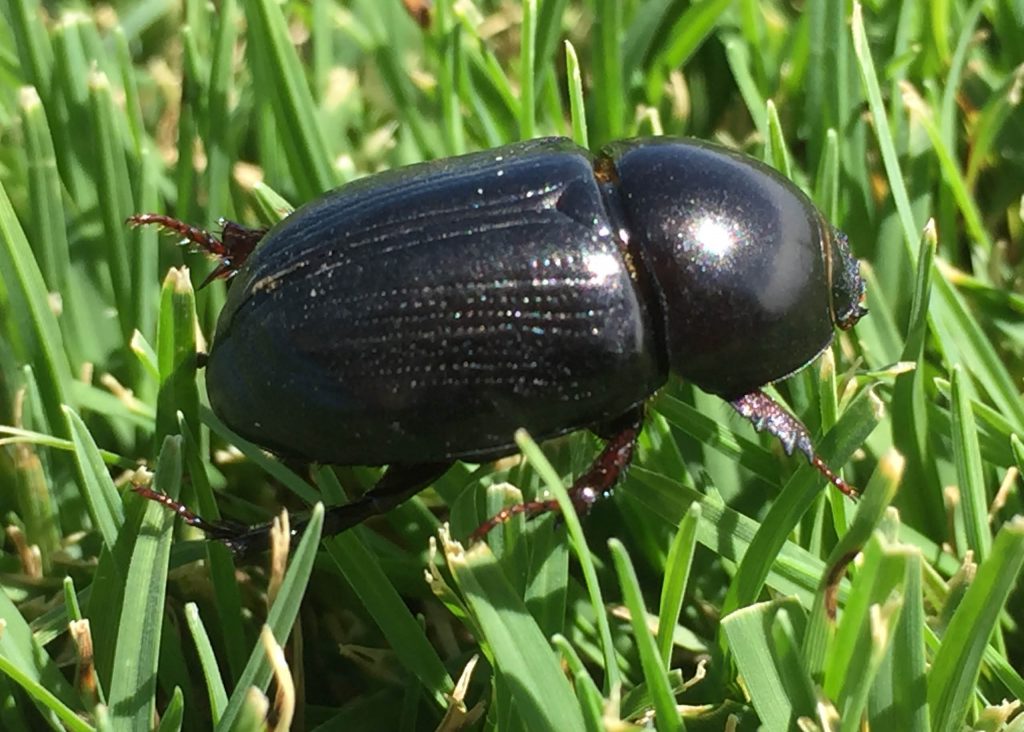 Beetles and moths are attracted to light streaming through glass doors and windows, and exterior lights at night.
Beetles and moths are attracted to light streaming through glass doors and windows, and exterior lights at night.
Monitor numbers as an indicator of potential egg-laying activity. Eggs hatch in two to five days and the grubs spend the next three weeks, or so, chewing up your lawn before entering the pupal phase when they transform into moths and continue the cycle.
Large native birds, such as insect-eating birds for example, the Common Myna (also known as the Indian Myna), Magpies, Pied Currawongs, Butcher Birds and Ibis love to feed on Lawn Grubs.
Keep an eye out for these birds pecking at your lawn, as it may indicate the presence of Lawn Grubs.
This pecking may also cause some lawn damage; however the grass should recover with appropriate watering and fertiliser.
Signs of larval feeding damage often first appear as small irregular yellow or brown patches.
There will often be a brown spot up to 50mm across with a hole in the middle where the Lawn Grubs hide during the day.
This becomes more apparent as the rest of your lawn continues to grow and green up after receiving a spring application of fertiliser.
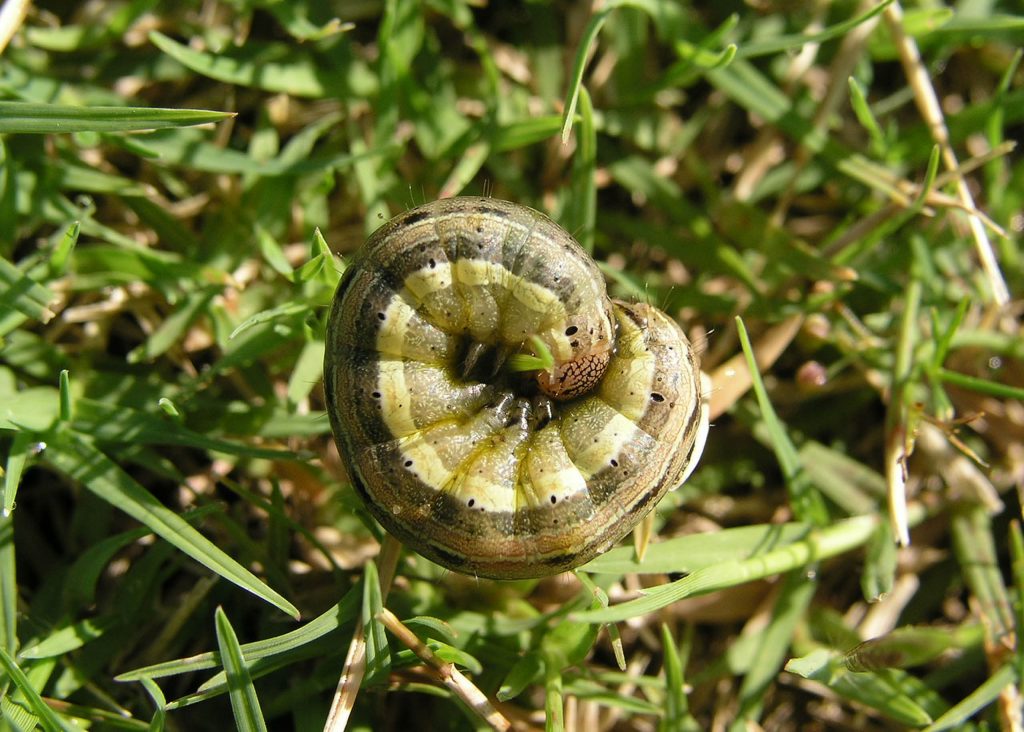 Many Lawn Grubs hide in the soil, mulch or thatch during the day.
Many Lawn Grubs hide in the soil, mulch or thatch during the day.
Some, such as Curl Grubs, which are the larvae of Scarab and Black Beetles, chew on the roots.
Others, such as Cutworms, come out at night to feed on grass blades and stems, which they cut at ground level, hence the name.
Unlike sponginess caused by excessive thatch, in this case it’s due to root damage. Try lifting some of the grass in the brown patch – it will roll up like carpet if Lawn Grubs have severed the grass from the roots.
Lawn Grubs are among the most common pests of Australian lawns.
Fortunately, they’re relatively easy to manage using either insecticide or a chemical-free method of control.
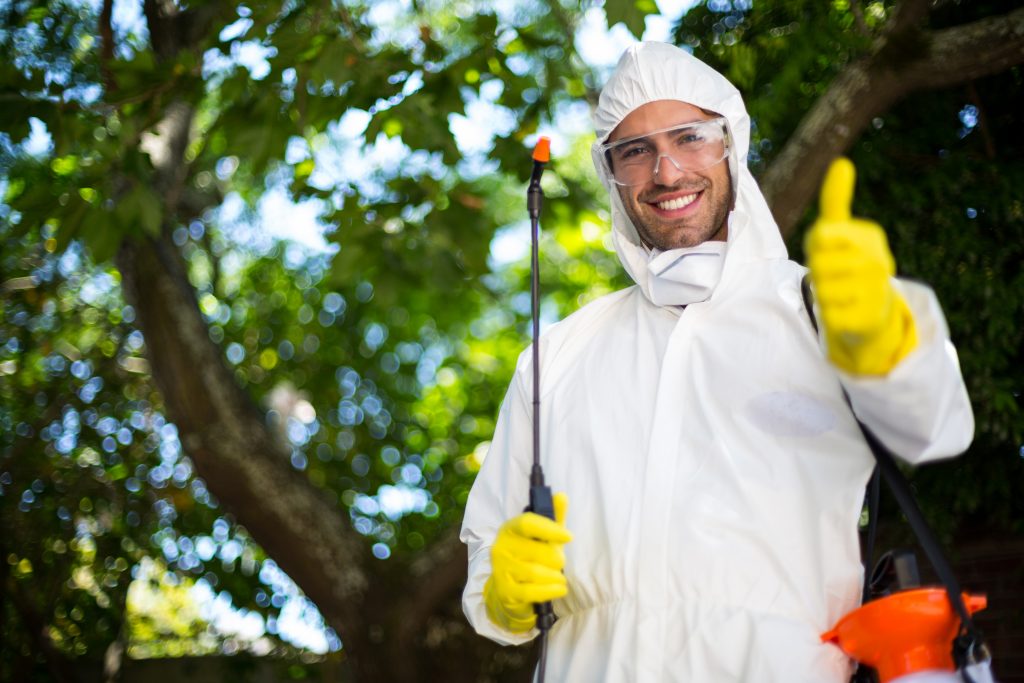 Always wear the appropriate protective equipment – gloves, safety glasses etc…- and read the product label before using any insecticide.
Always wear the appropriate protective equipment – gloves, safety glasses etc…- and read the product label before using any insecticide.
Check whether the product is suitable for Grubs and that it is safe for use on your grass type.
Look for products containing the active ingredients Bifenthrin or Chlorantraniliprole for long-term residual control.
Or you could apply a product made from Neem oil extract as a foliar spray or soil drench.
These are non-toxic and do not target beneficial insects such as Bees, Butterflies and Ladybugs.
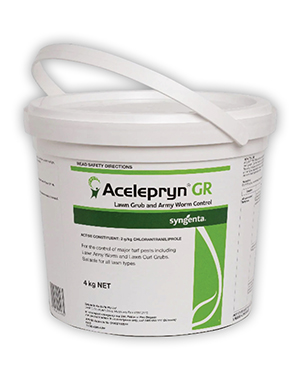
Acelepryn 4kg is a is a low environmental impact insecticide for the control of beetles and larvae, including Lawn Grubs. It is suitable for Zoysia, Kikuyu, Couch and Buffalo grasses.
SHOP NOW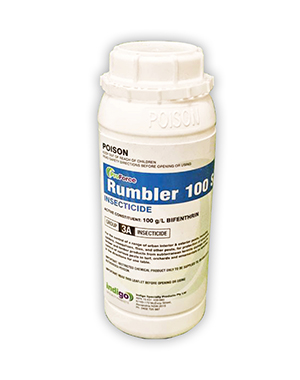
Indigo Rumbler 100SC 1L is a broad-spectrum insecticide registered for use against a range of insects, including Lawn Grubs. It is suitable for use on Zoysia, Kikuyu, Couch and Buffalo grasses.
SHOP NOW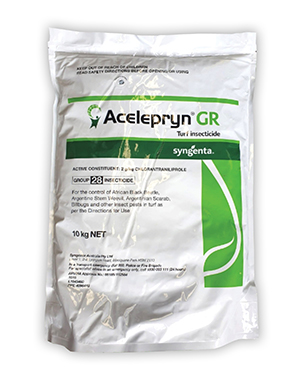
Acelepryn GR 10kg is a long lasting granular insecticide for the control of beetles and larvae, including Lawn Grubs. It is suitable for Zoysia, Kikuyu, Couch and Buffalo grasses.
SHOP NOWBest results are obtained from treating the problem before pest numbers explode in summer or early autumn.
Plan to treat your lawn about 14-21 days after moth numbers peak.
Spray only in the early morning or at night to avoid killing bees that forage in flowers during the day.
Some products must be watered in after application and can act as both a knockdown and a preventative treatment.
It will take a few days for many products to work.
Wait three days before using a soapy water flush test to see if it’s working and repeat treatment if necessary, after 10-14 days.
Poor lawn maintenance can contribute to Lawn Grub problems from year to year.
Follow good mowing practices and dethatch and aerate regularly to help keep insects at a minimum.
Lawns mown too short are at greater risk of damage because they are already under stress.
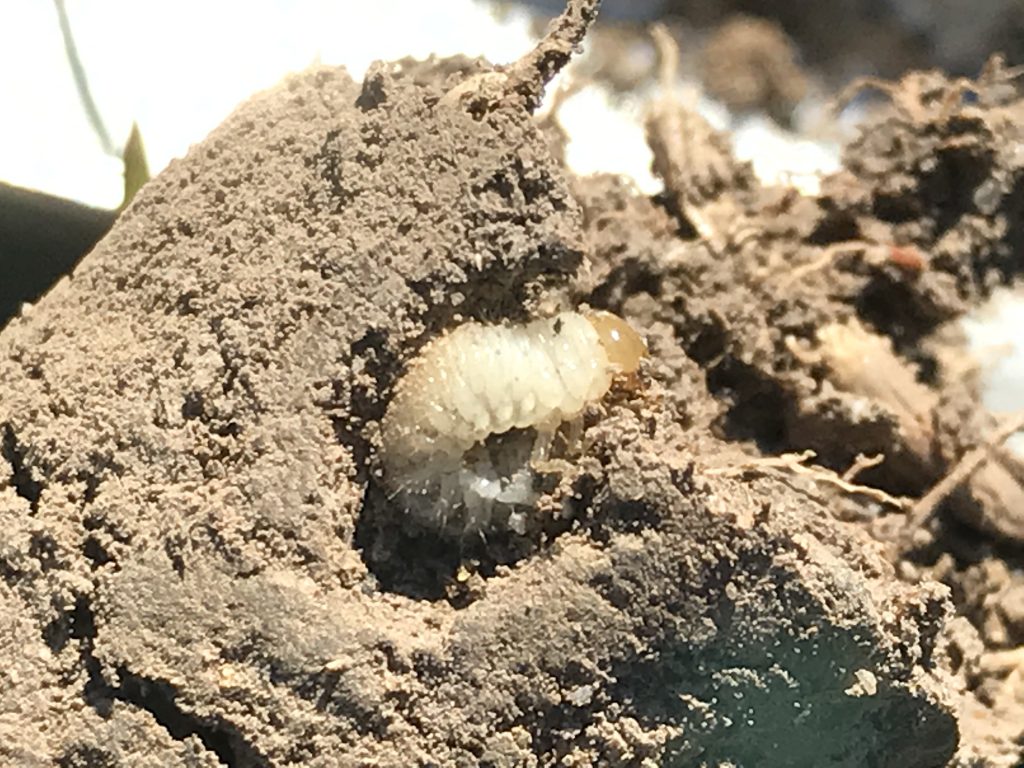 If you suspect Lawn Grubs are chewing away at your lawn, an easy way to be sure is to spread a wet hessian bag – use a potato sack or buy hessian by the metre from some garden stores – over a patch of lawn.
If you suspect Lawn Grubs are chewing away at your lawn, an easy way to be sure is to spread a wet hessian bag – use a potato sack or buy hessian by the metre from some garden stores – over a patch of lawn.
Leave the wet hessian bag overnight on the lawn and the grubs will attach themselves to the hessian, ready for disposal in the morning.
Where the lawn has died after the roots were nipped off, dig into the soil underneath to uncover the culprits.
Collect grubs, beetles and moths and feed them to your chickens, if you have any, or toss them onto a paved area for wild birds to eat.
You could also drown the Lawn Grubs in a bucket of soapy water before putting them into a plastic bag and in the bin.
For more information about managing pests in your lawn, and to browse our range of lawncare products from leading brands, visit myhomeTURF’s online store.
Sign up for our Newsletter to receive your free guide.
